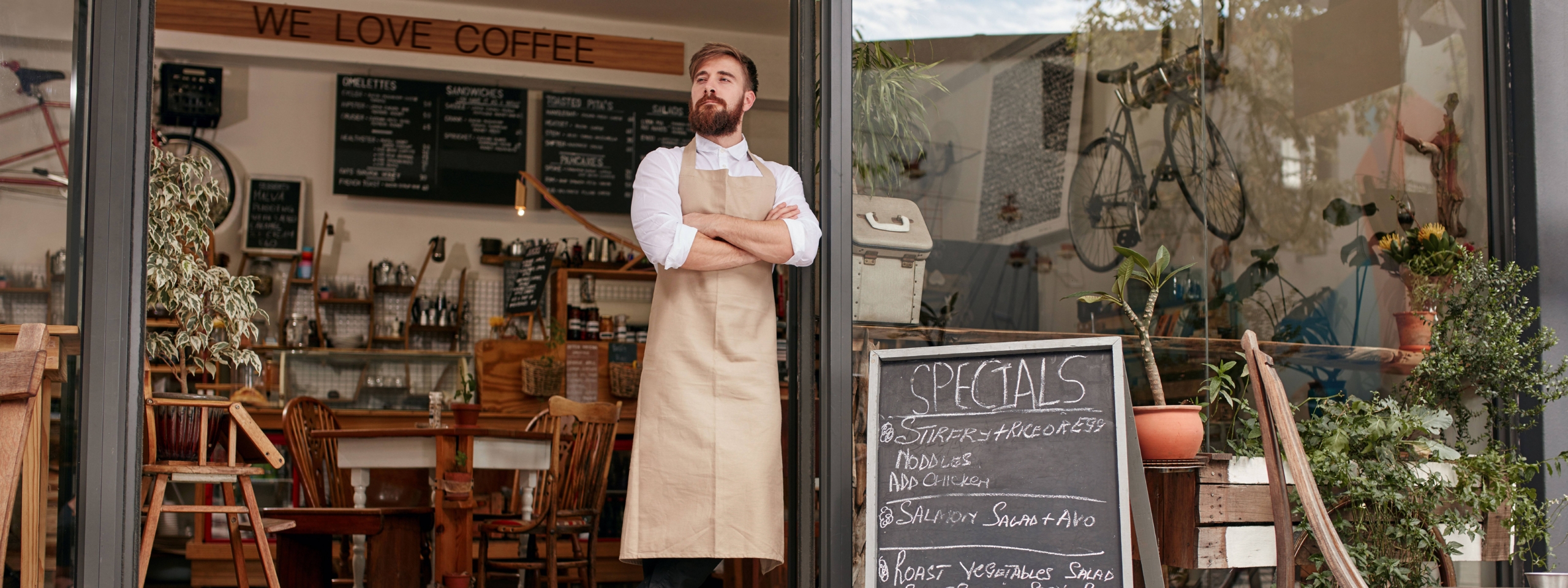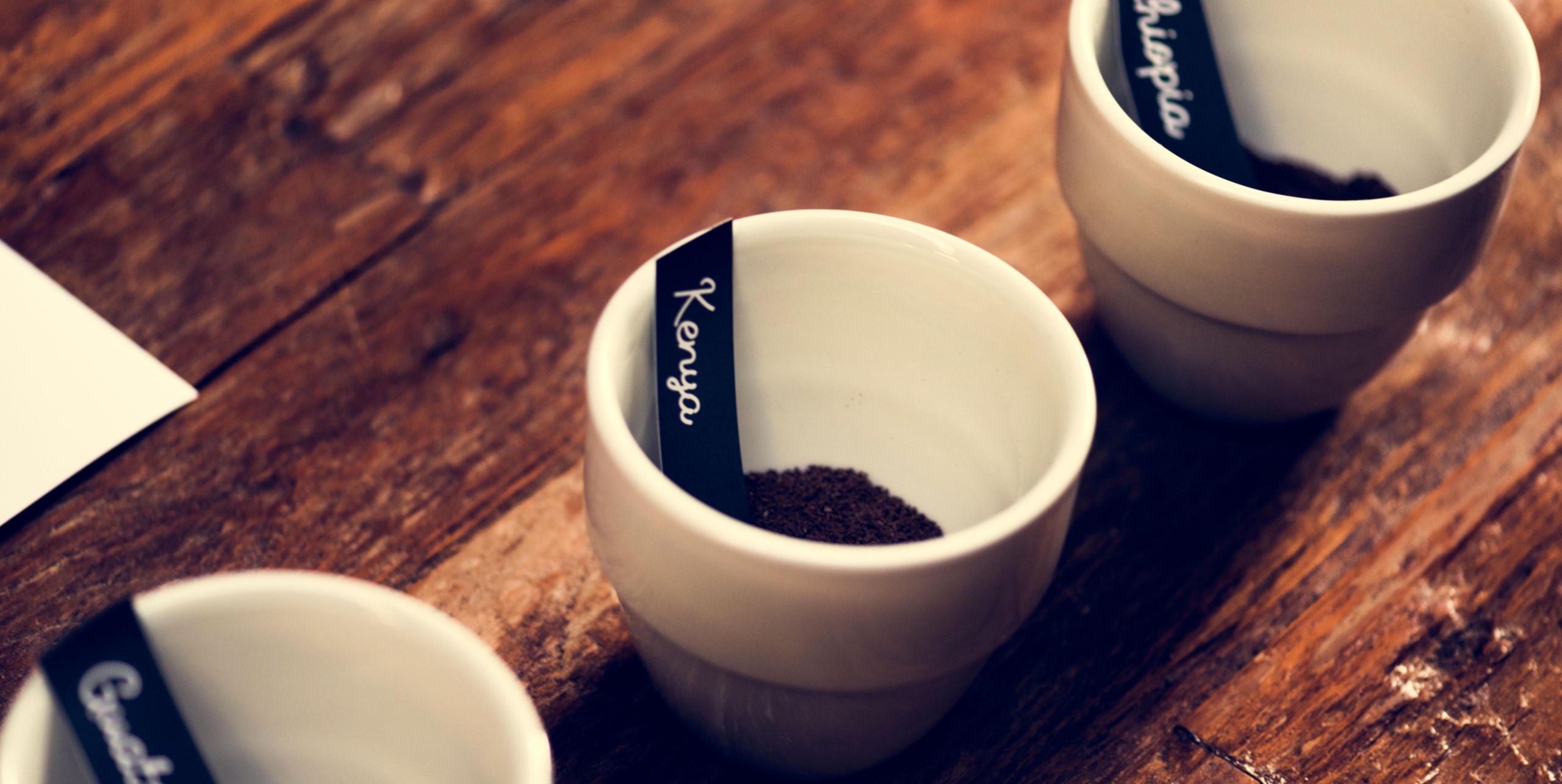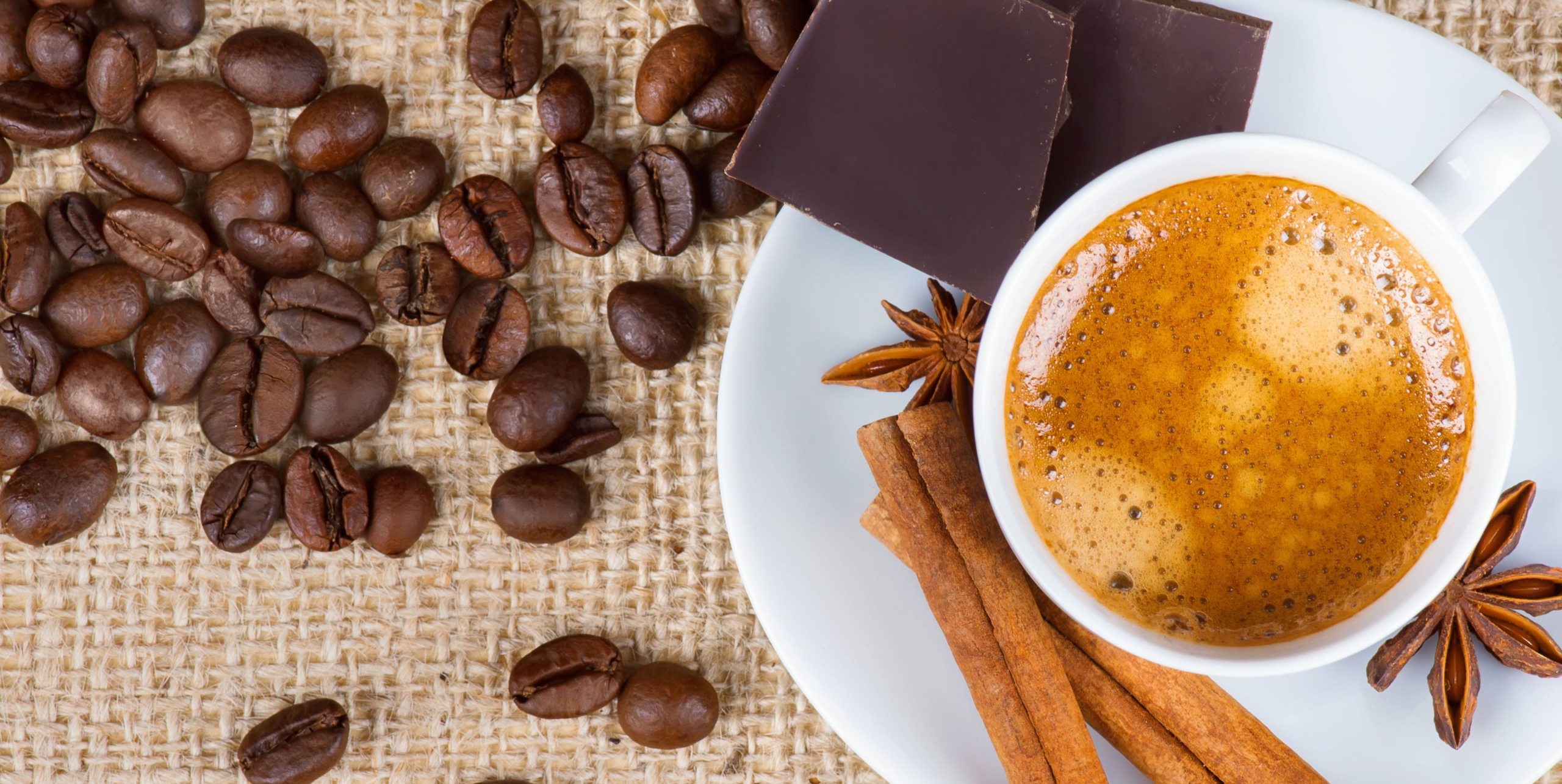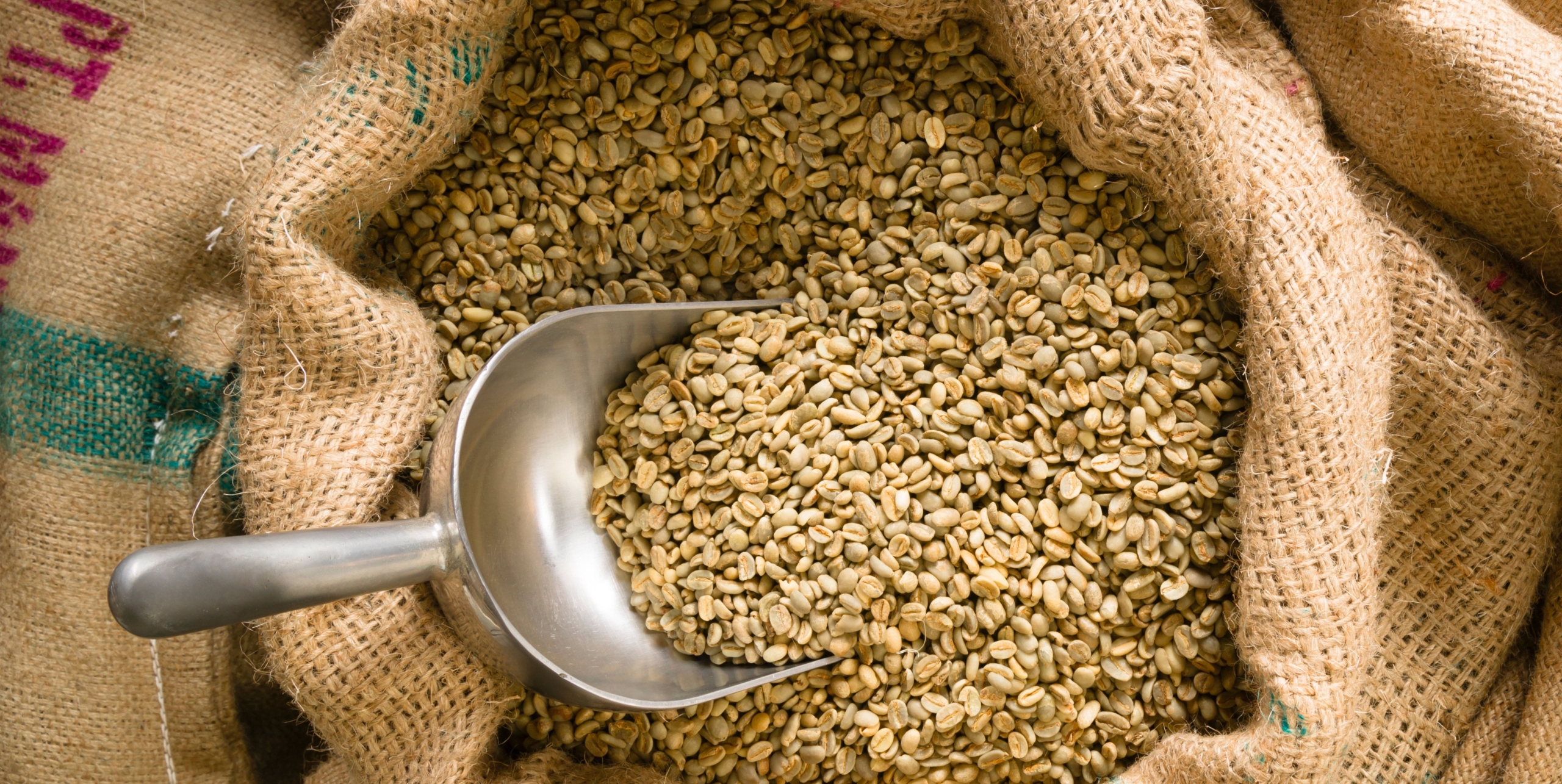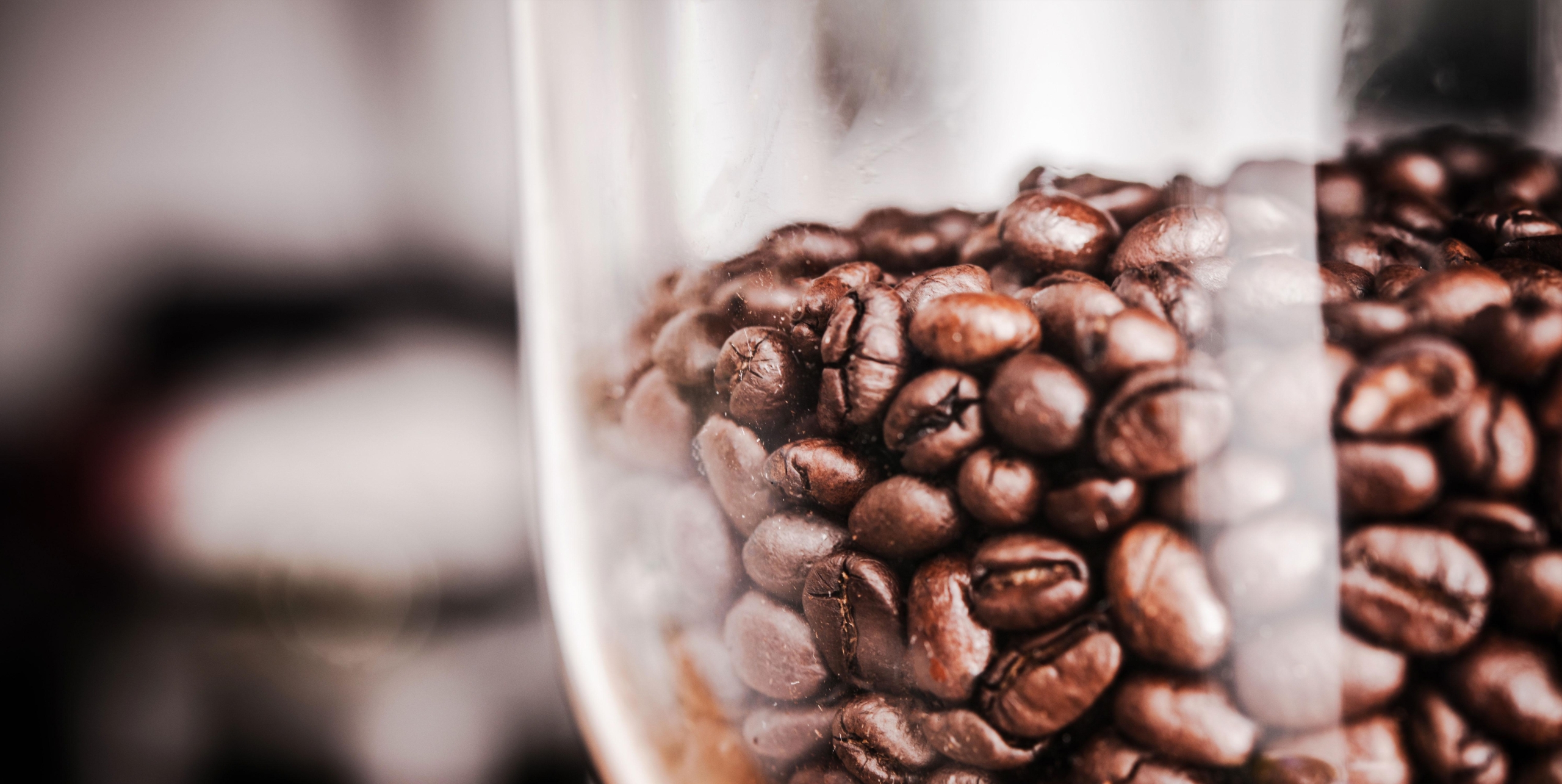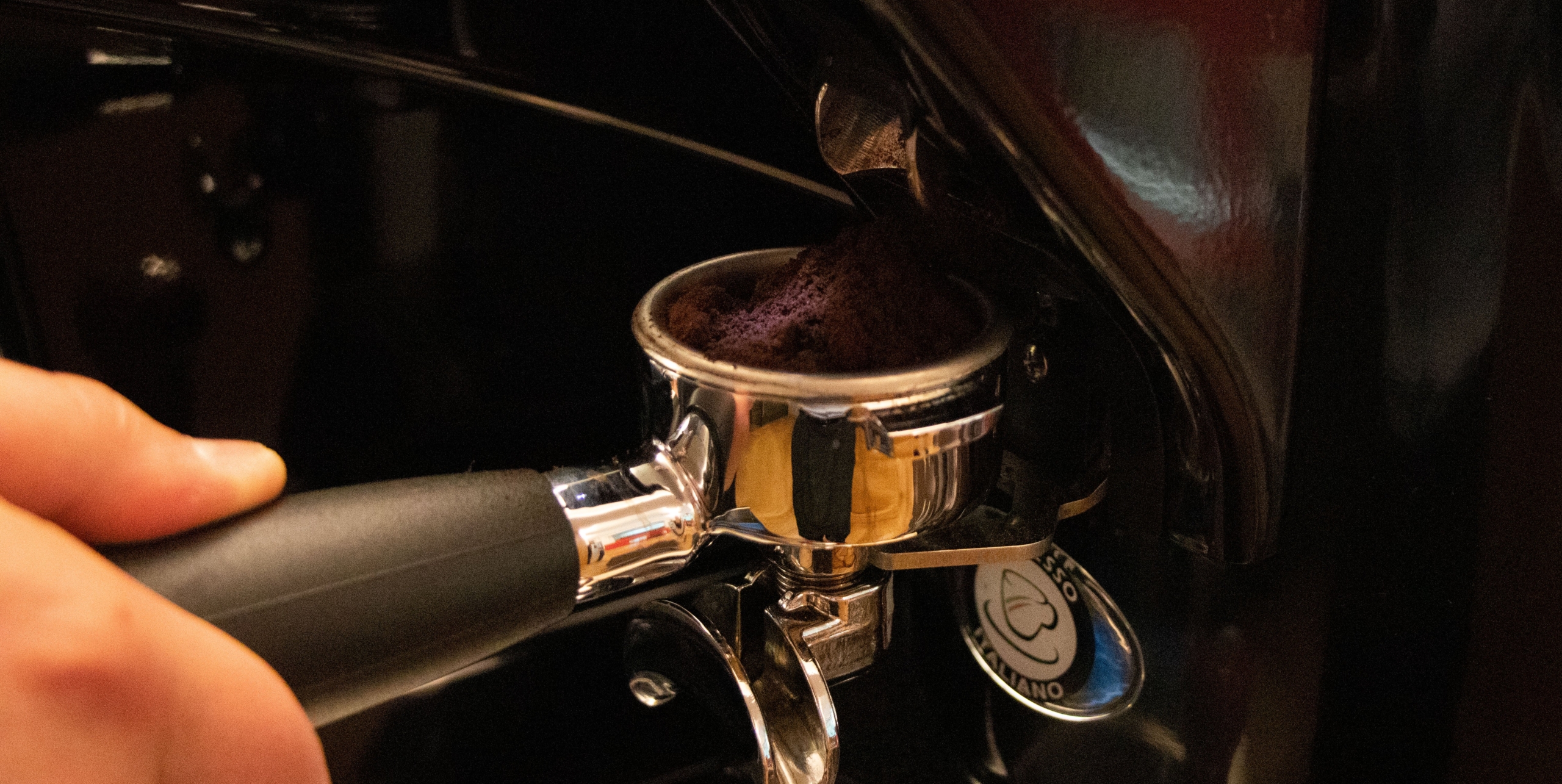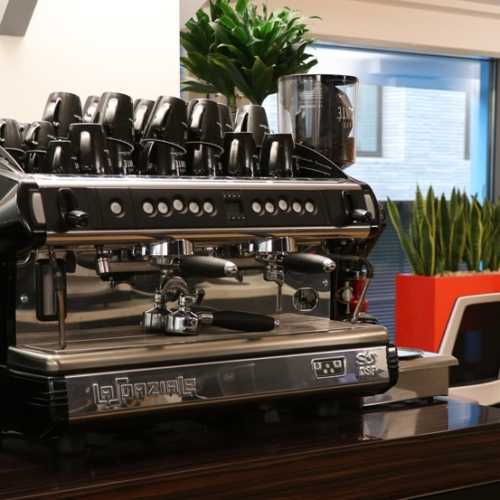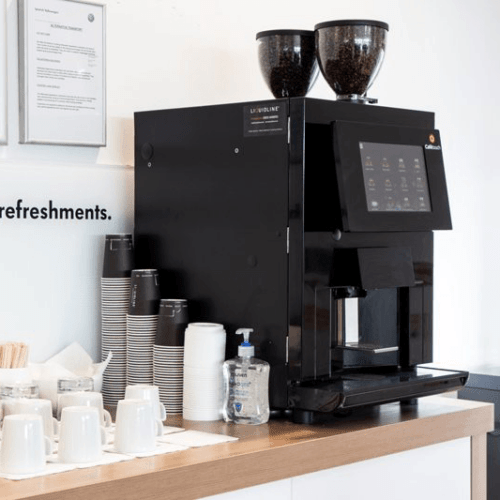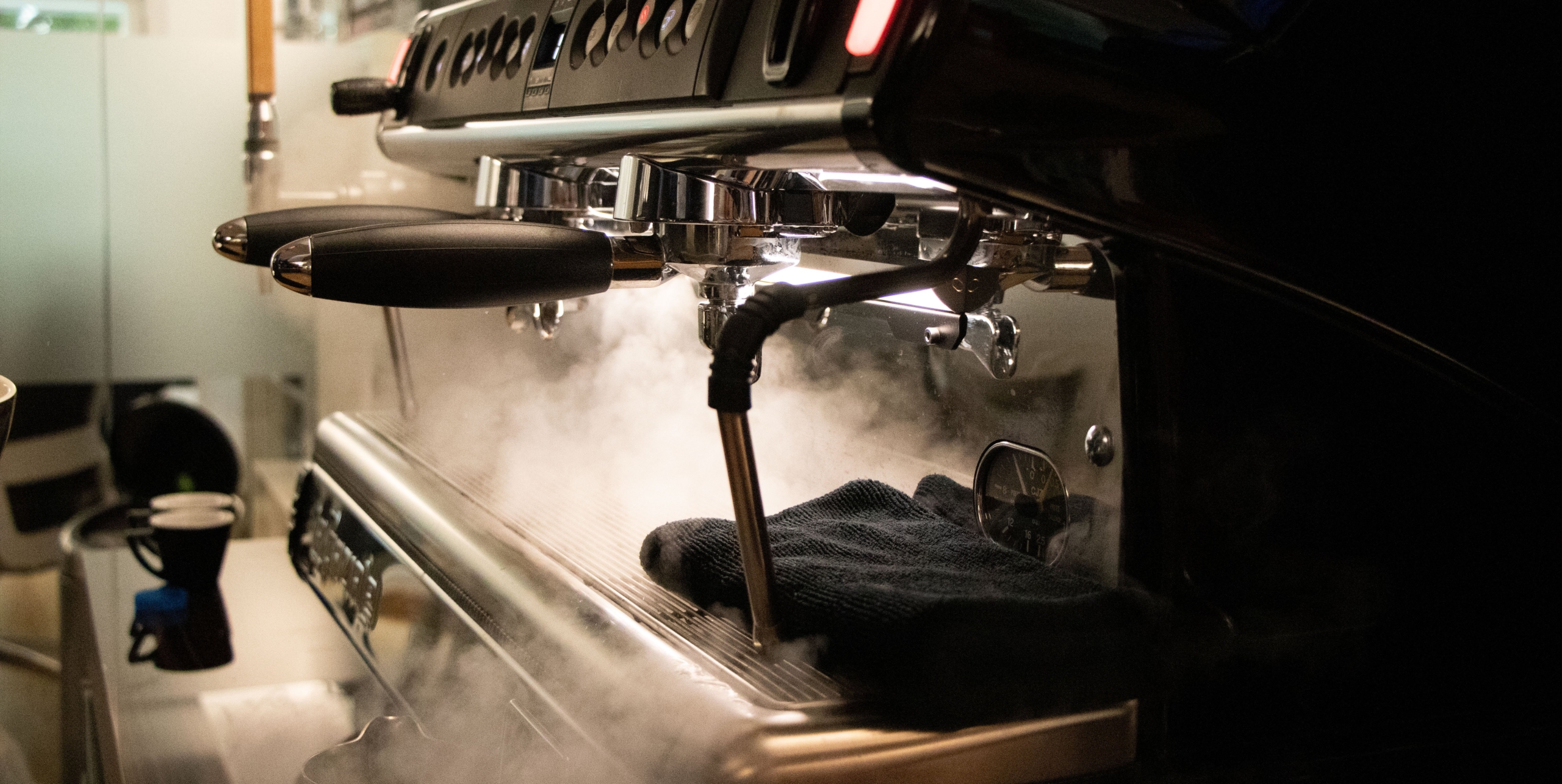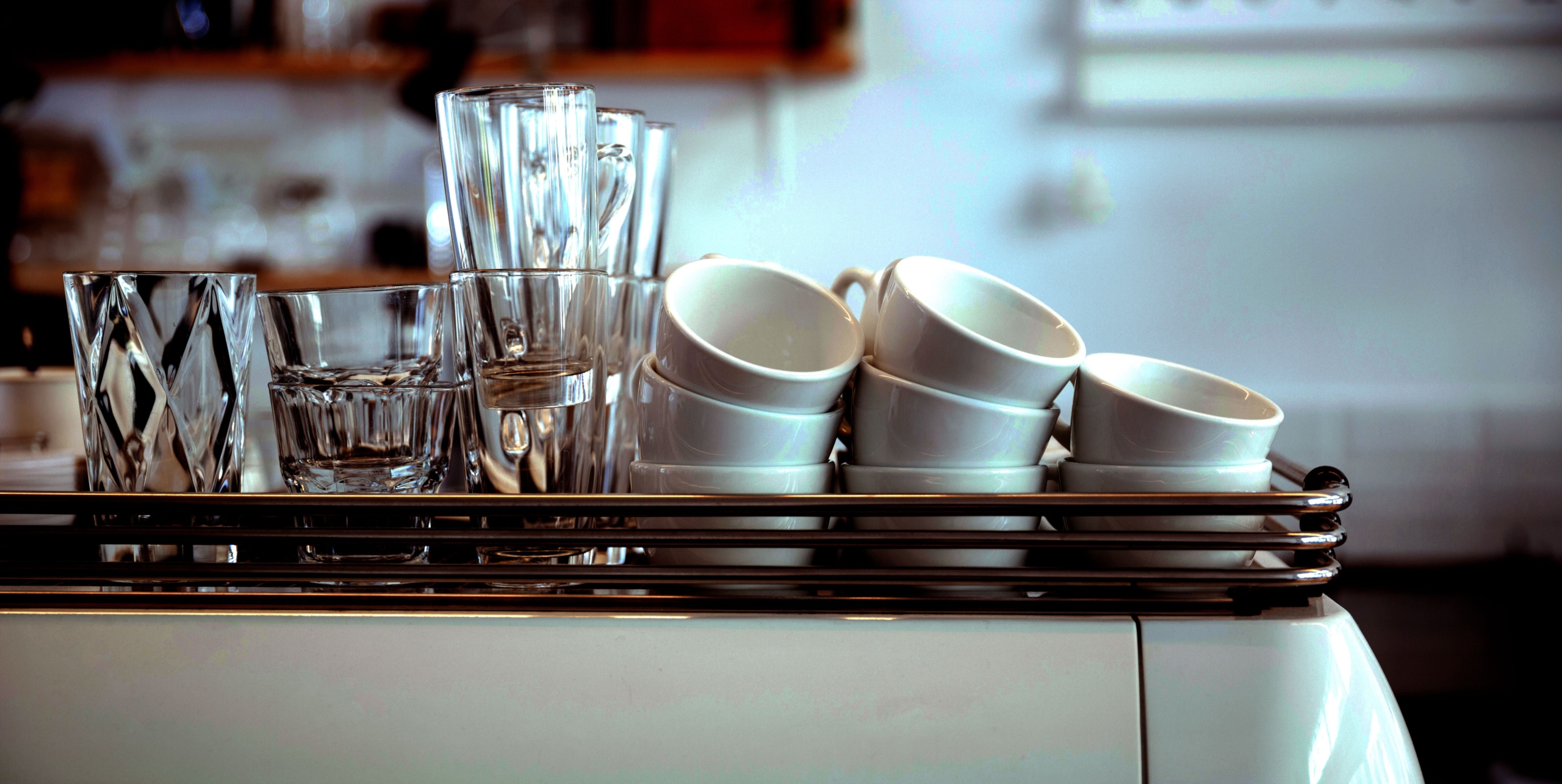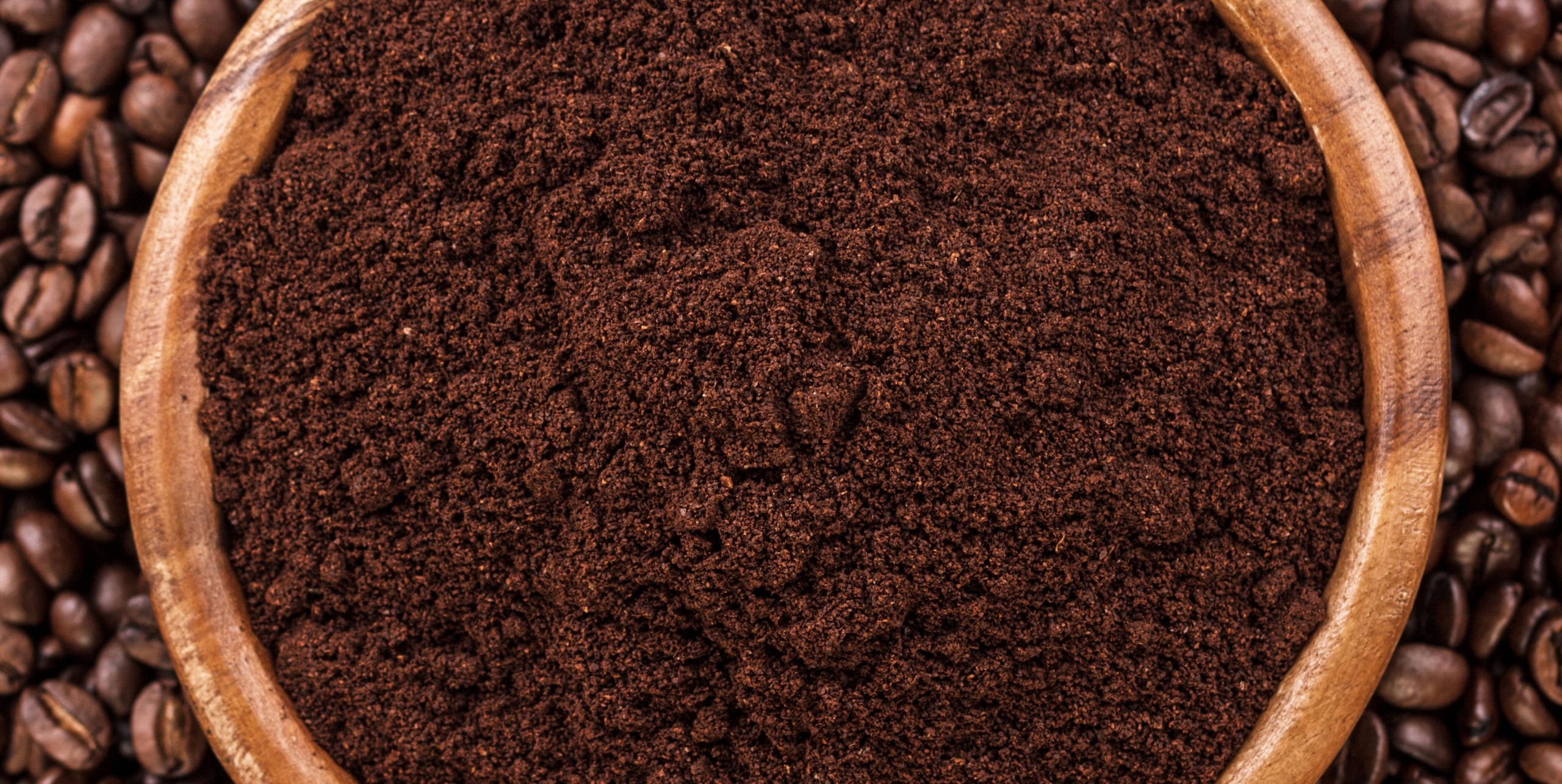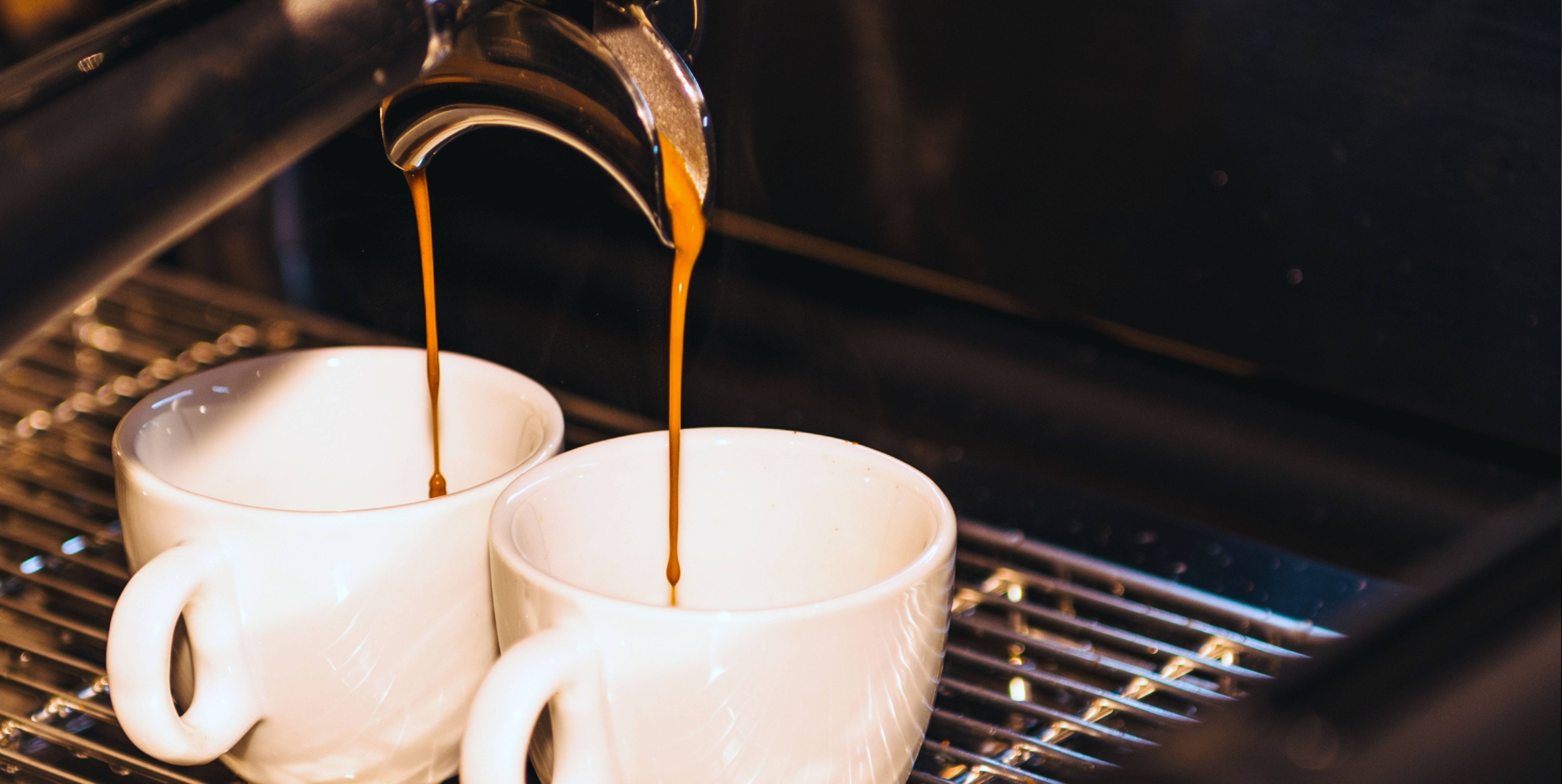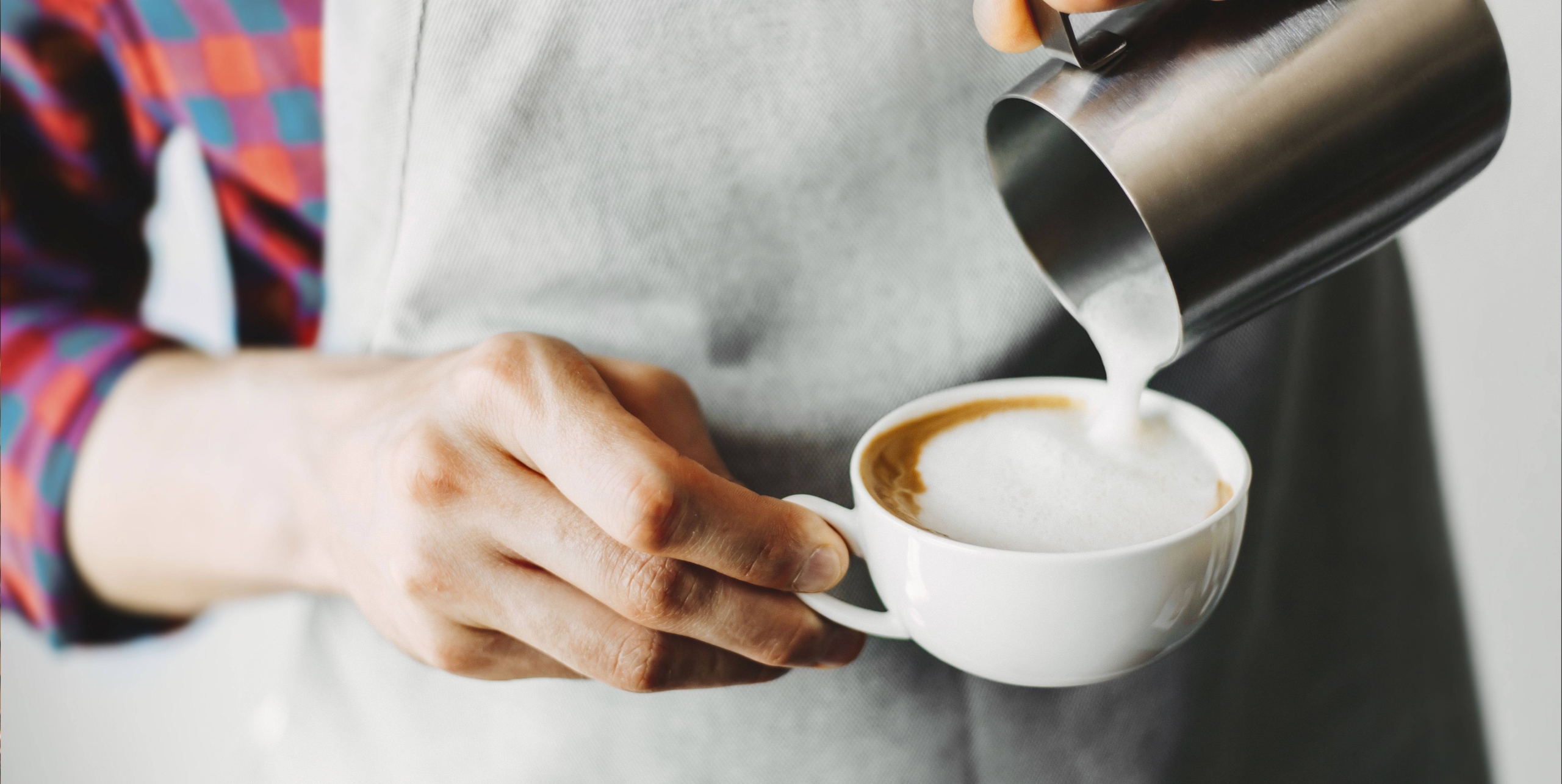5 making & perfecting the ‘extraction time’
It is impossible to make a quality cup of coffee without extracting it first. A well extracted coffee balances countless variables to produce a cup of perfection. The acidity is balanced and positive and there is a welcoming sweet aroma. Extracted coffee typically contains water-soluble compounds including caffeine, acids, lipids and fats, sugars and carbohydrates. Many barista’s refer to the process of perfecting the extraction time as “dialing in” a coffee, by starting with a single recipe and making adjustments in dose or grind setting to affect the flavour.
Water is one of the best solvents due to its chemical properties and hydrophilic substances and is needed to extract flavour profiles from the coffee. To extract the perfect coffee you will need an espresso cup, a coffee grinder, a portafilter and basket, your coffee beans, group head, tamper, and a fully-functional espresso machine.
The yield is the weight of the liquid obtained in the cup and is the starting point for every barista. More yield means a more bitter tasting coffee and less yield means a more sour tasting coffee. A standard yield is usually twice the amount of the dose you grind. For example, when grinding 20 grams of coffee, the yield will be 40 grams.
Next is the brew ratio. This is the ratio between the amount of ground coffee and the quantity of water you will use. The water will affect the flavours. Less water means not all the flavours will be extracted and too much water will extract undesirable flavours from the coffee. For espresso the standard ratio is 1:2 and is the equivalent of one gram of coffee for every 16 parts water. Measuring both your coffee and brew water is crucial if you want to pour these ratios correctly.
You can measure and quantity extraction with a refractometer which can infer the amount of total dissolved solids (tds) in a solution. The more solids, the more the direction of light changes. With tds you can determine your extraction percentage to tell you how efficiently the ground coffee dissolves into the water during the extraction process.
Grind size is another crucial factor in the coffee extraction process. The finer the grind size, the more energy that is required from the grinder. When working with a lighter roast, you will need to grind the coffee finer compared to a darker roast to achieve the right amount of total energy. Using a simple flow rate formula can help measure the fineness of the grind when using a coffee grinder. For instance, if it takes a total of 20 seconds to pull a 40 gram shot of espresso, you will have 2 grams of liquid espresso per second.
Espresso extraction checklist
1. Dose
the weight of the ground coffee, i.e. 16 grams.
2. Extraction time:
the amount of time the espresso is extracted including the pre-infusion time, i.e. 27 seconds.
3. Espresso weight:
the actual weight of the liquid.
4. Grind setting:
the number on the grinder for the grind.
5. Grinding time:
the set time to grind the dose.
a) Extraction
This is where the coffee has perfect espresso features. These features will be beautiful brown with cream stripes, an intense aroma and a rich, balanced flavour. The ideal coffee takes between 25-30 seconds for the extraction process to be complete without compromising on flavour or quality of coffee. Well-extracted coffee will fill your mouth with richness, is luscious, smooth and full of life.
b) Under-extraction
Coffee is under-extracted when it has a very light crema and inconsistent, poor aroma, flavour and aqueous body with the presence of an unpleasant taste profile. An under extracted coffee occurs when you haven’t taken enough flavour out of the coffee grinds. It becomes sour, lacking sweetness and is extremely salty to taste.
b) Over-extraction
The coffee will feature crema with a dark black line at the edges and a possible white spot at the centre. It will have aromas and flavours that represent a burning taste and smell. This occurs when you take too much of the soluble flavours out of the coffee and is brewed between 40-50 seconds. Dryness in coffee is also a sign of over-extraction caused by polyphenols chemicals found in coffee which create a dry sensation in the mouth.

